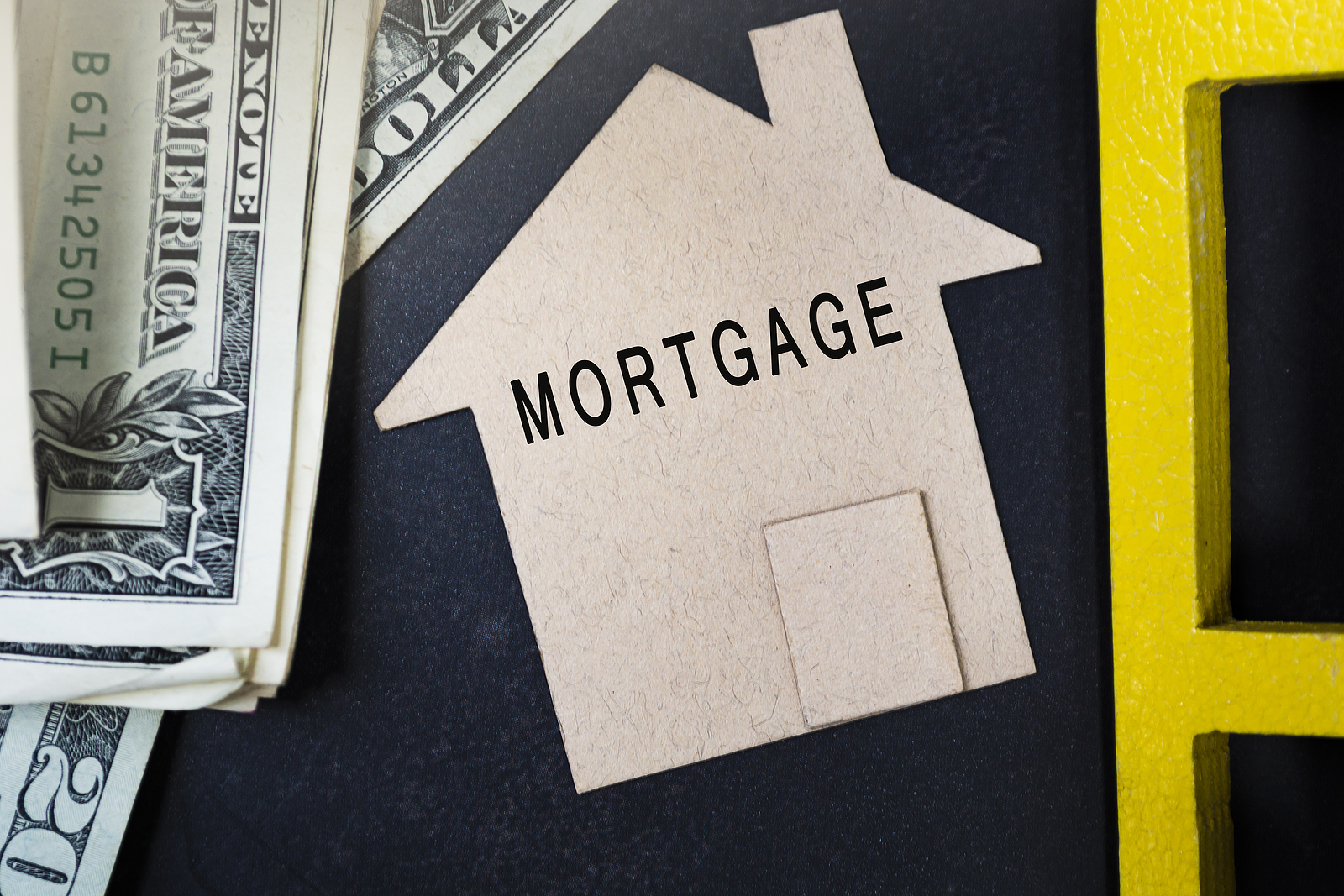There is a huge misconception among homebuyers that the best lender is the one who offers a product with the lowest interest rate. Here is why this may not be the case:
- The rates advertised may not apply to the loan product you want.
- The true Annual Percentage Rate (APR) may be higher – a lot higher.
- Bait & Switch is still alive and well in the mortgage industry.
Although we aren’t finance experts, our best advice is to shop by comparing each company’s APR. This is because this figure reflects the annual percentage rate with points and fees included. We’ll get deeper into this in a moment.
The best place to start when shopping for a mortgage lender is where you do your banking. Find out what kind of rates and products they offer, and use this to compare against other lenders.
Contacting a mortgage broker may be a good next step. These mortgage professionals do the shopping for you, from a broad array of loan products with various lenders.
When you call or visit lenders, look into the following aspects of their loan products:
- Request the lender’s current interest rates and ask if these rates are the lowest for just that day or for the week and if the rates quoted are for adjustable or fixed mortgages.
- If you are interested in an adjustable-rate mortgage, ask when the rates will increase, how the rate and payments will vary and whether or not payments will decrease with a reduction in rates.
- Ask the lender for the loan’s APR, which, as mentioned earlier, is a figure that represents the yearly rate and includes points, fees and other charges.
- Request that the lender or mortgage broker express the points as a dollar amount. This will make it easier to determine exactly how much you’ll be paying for the quoted loan and easier to compare it to other offers.
- Fees are sometimes lumped together under one category. Ask the broker or lender to separate them so that you can compare the fees associated with this loan to other loans. Ask for clarification for any fee you don’t understand
If you won’t be using an FHA, USDA or VA loan, find out how much the lender requires as a down payment. Also ask if Private Mortgage Insurance (PMI) is required and, if so, how much the premium will increase your monthly mortgage payment.
As of August, 2015, the Good Faith Estimate (GFE) form that the lender is required to supply to a borrower has been replaced with the Loan Estimate and Closing Disclosure. This form still itemizes the loan’s terms and fees but it goes into more detail and is easier for consumers to understand than the old standardized forms.
The Closing Disclosure must be given to the borrower three days before closing.
The Mortgage Process
Here’s what to expect during the mortgage process:
- Fill out and submit the loan application.
- Your loan package goes to the processing department where all the information is verified.
- Your package is sent to the underwriter, who decides whether or not to approve the loan. If the underwriter approves your loan, you will be mailed a “commitment letter.”
These are just the bare-bones steps in the process and no two applicants are the same; so your mortgage process may vary.






